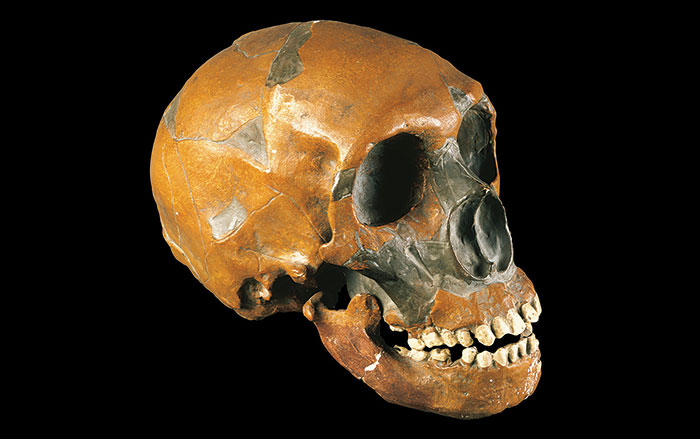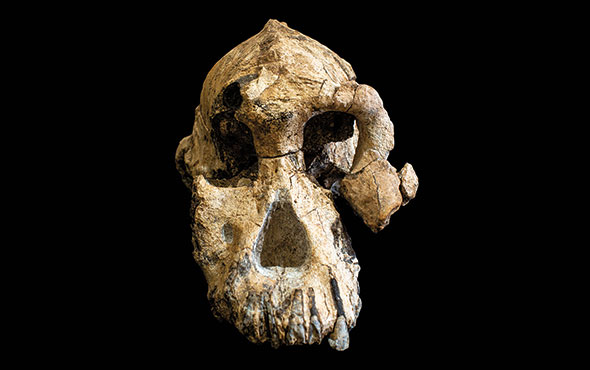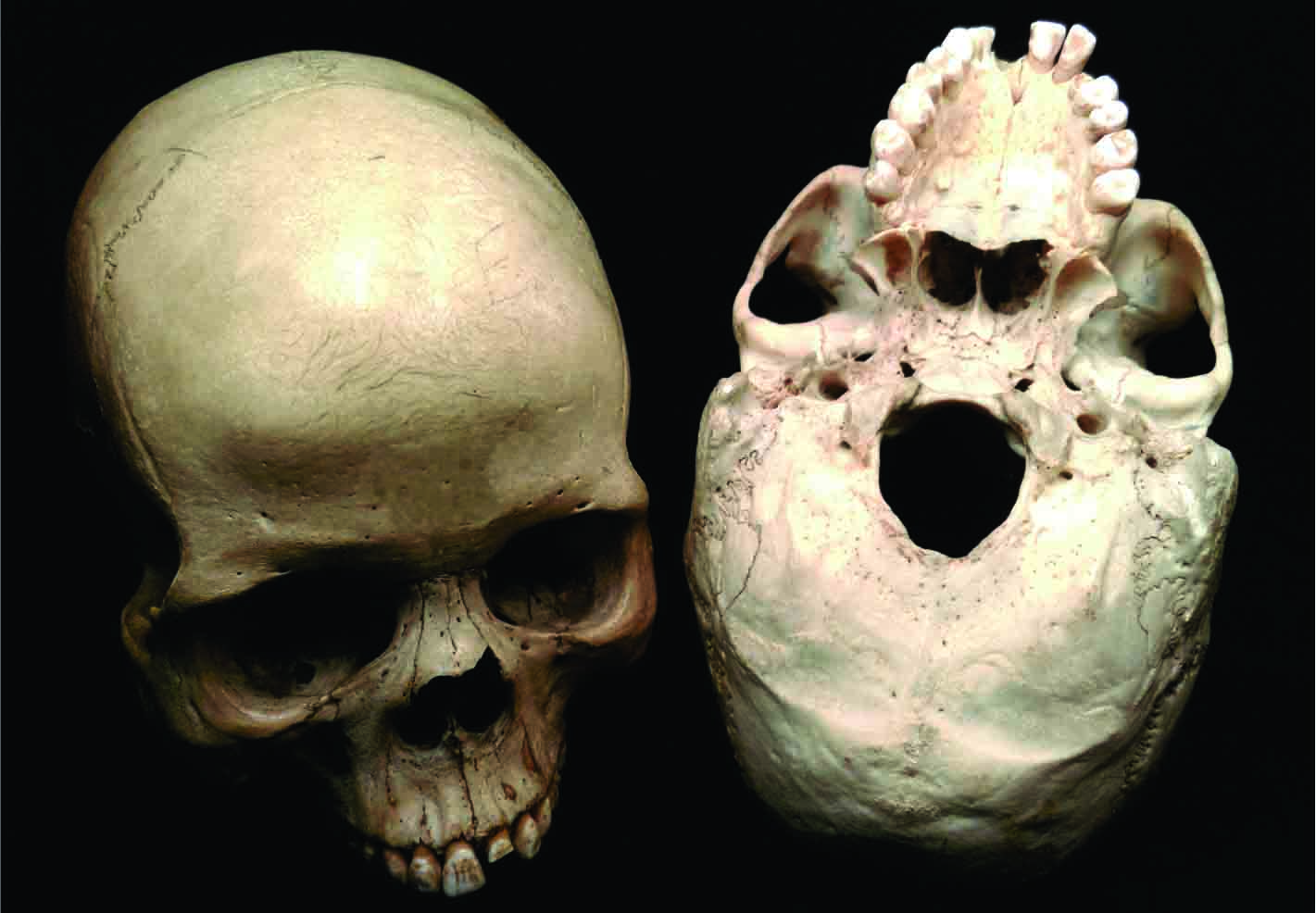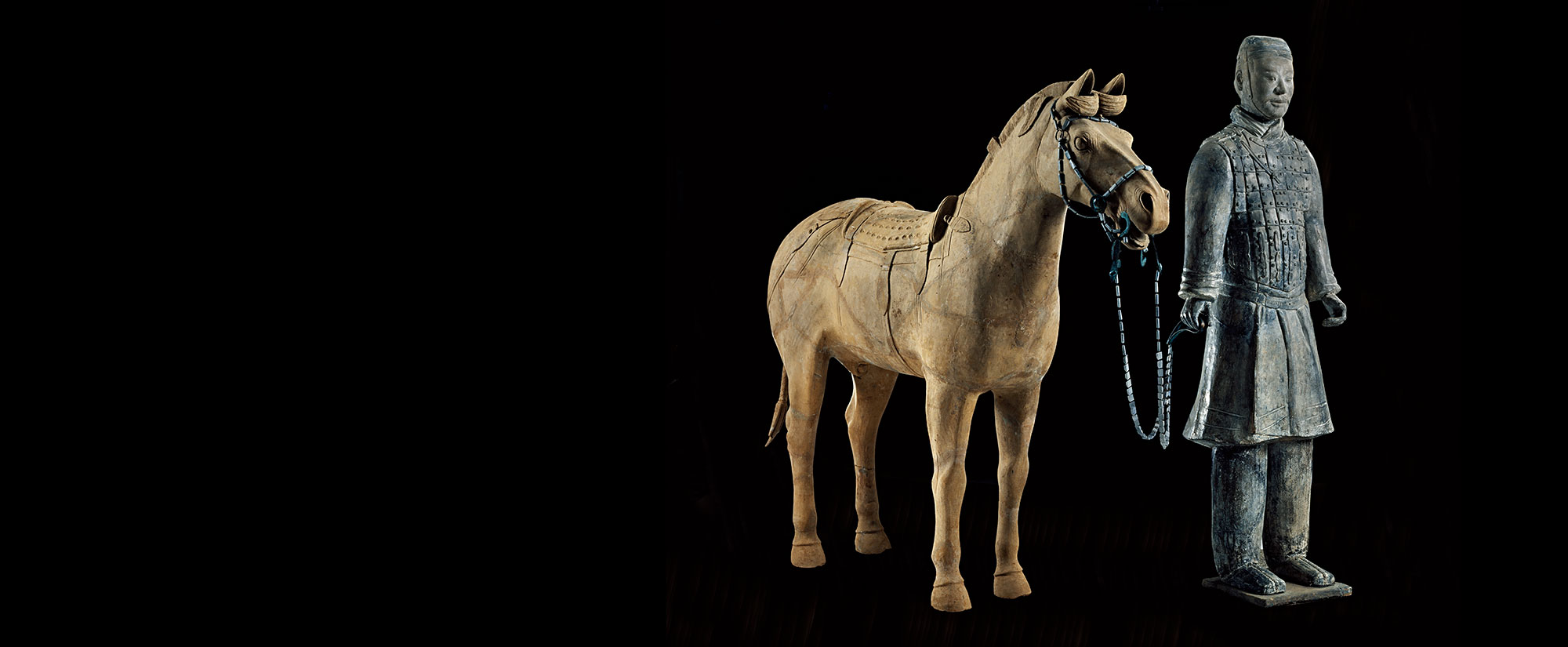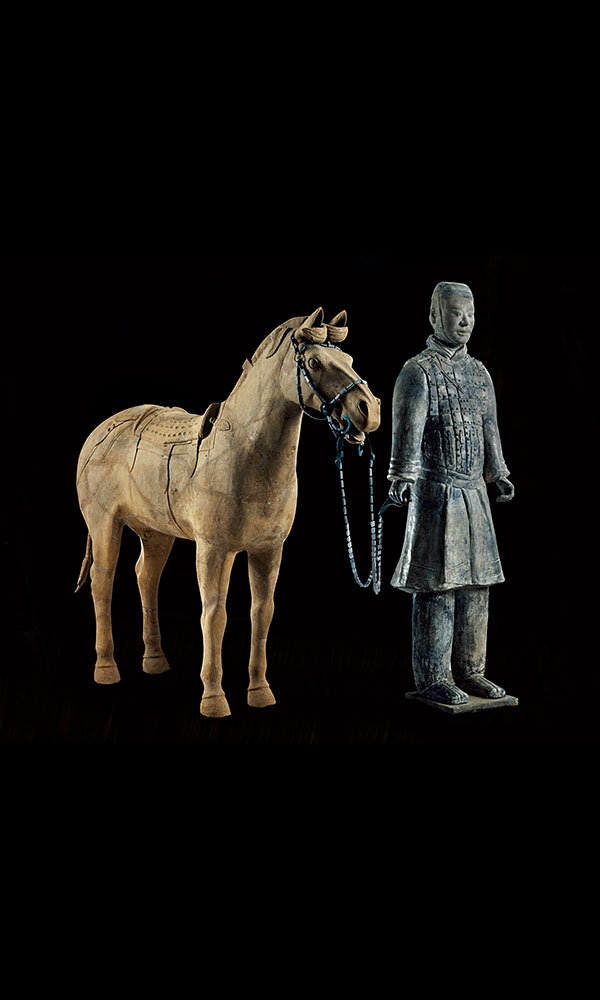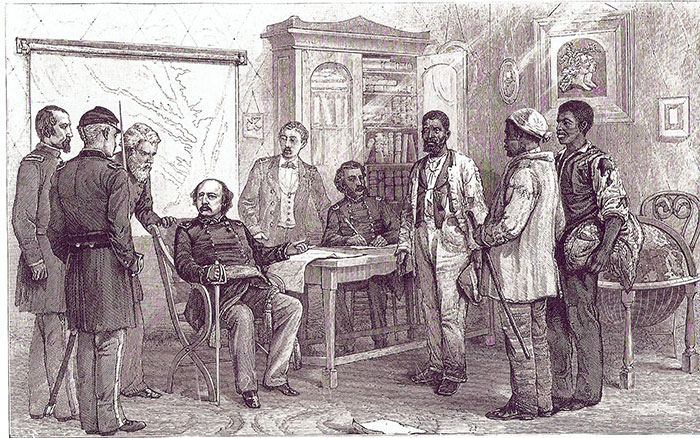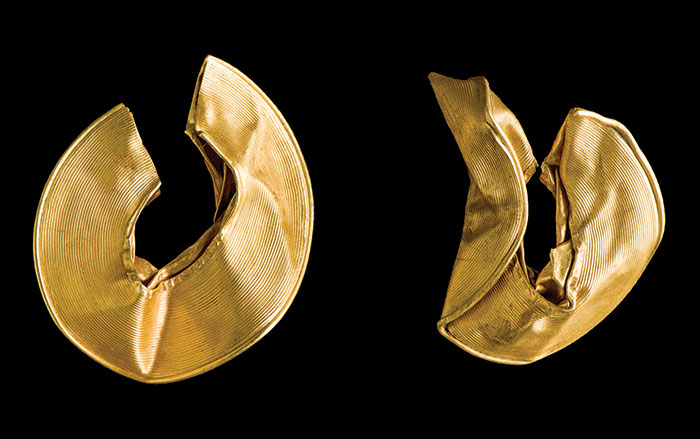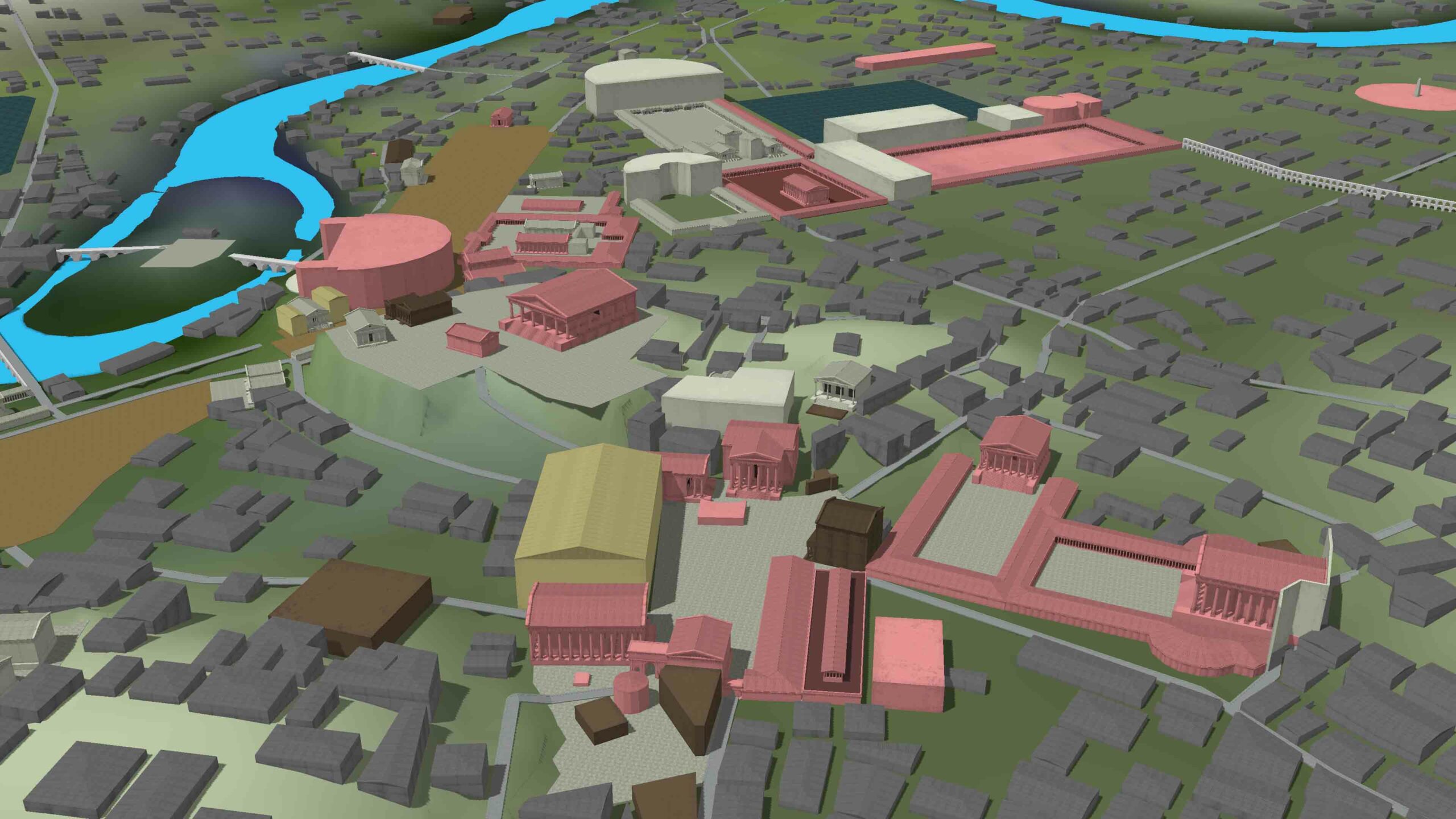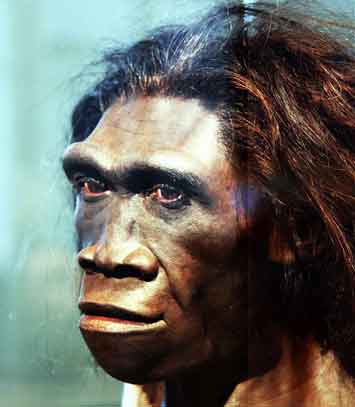
WASHINGTON, D.C.—A team led by Mark Grabowski of George Washington University has used the largest sample of individual early hominin fossils available to produce a new set of body mass estimates, species averages, and species averages by sex for fossil hominins. This new analysis suggests that early hominins were smaller than has been thought. “One of our major results is that we found no evidence that the earliest members of our genus differed in body mass from earlier australopiths (some of the earliest species of hominins). In other words, the factors that set our lineage apart from our earlier ancestors were unrelated to an increase in body size, which has been the linchpin of numerous adaptive hypotheses on the origins of our genus,” he said in a press release. The study also revealed that the difference in the size between males and females decreased to modern levels later in our lineage. For more, go to "Homo erectus Stands Alone."


